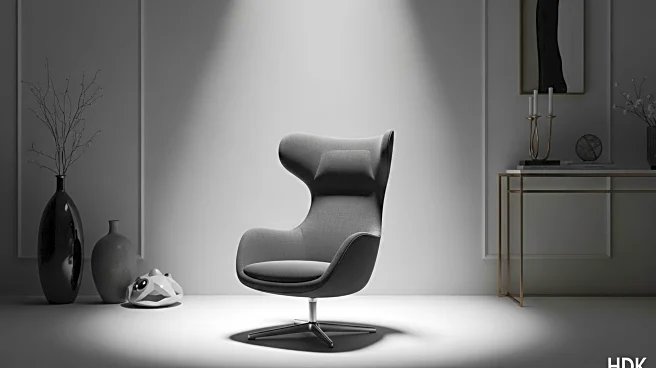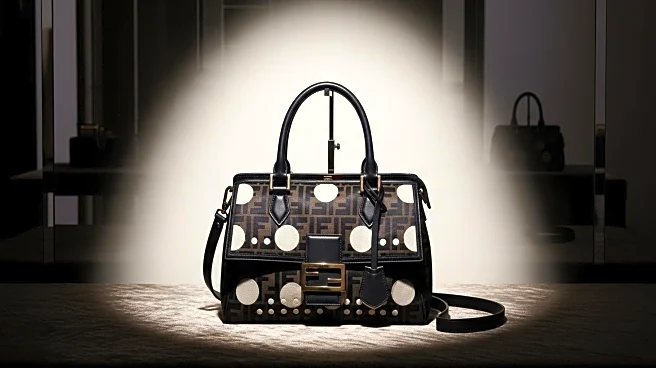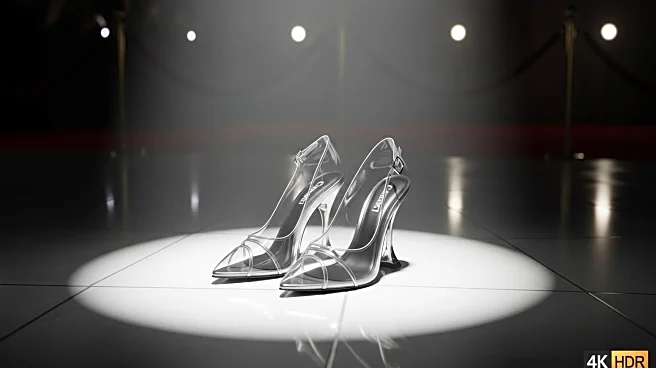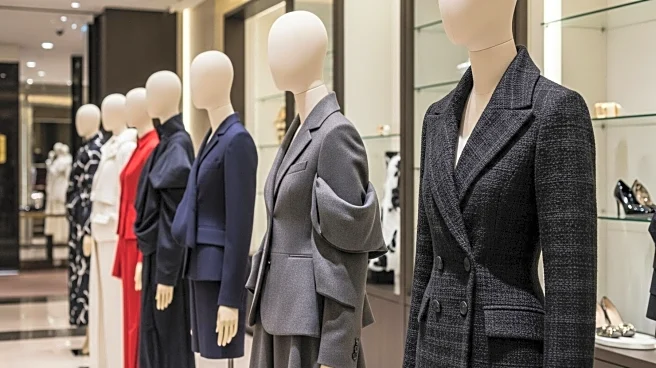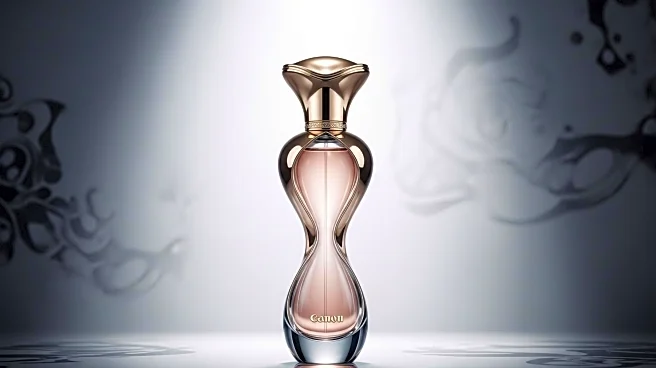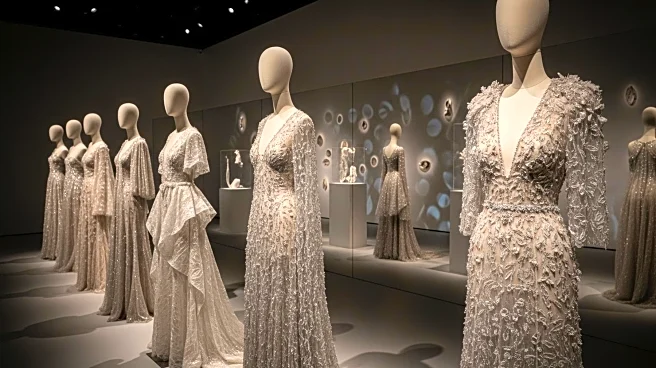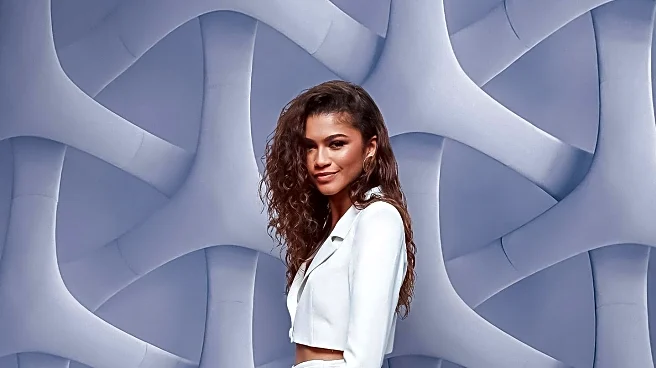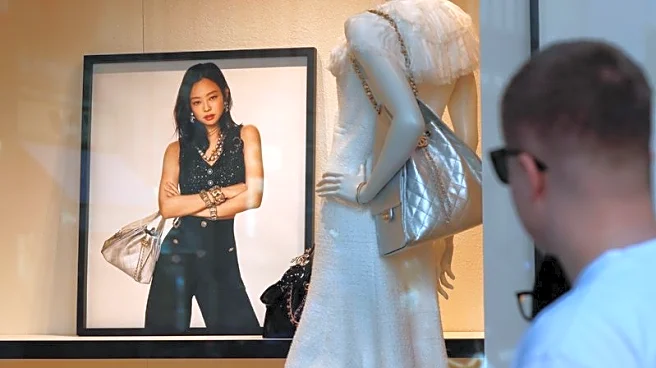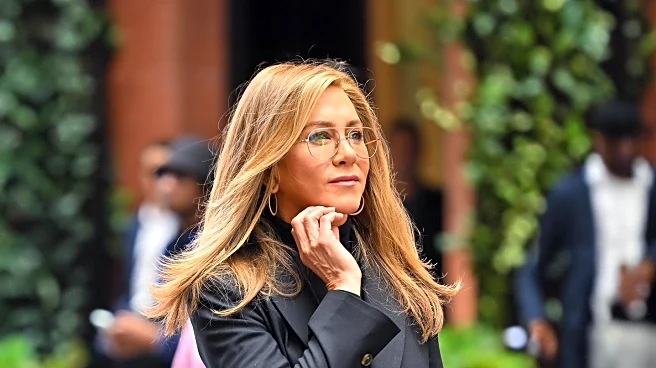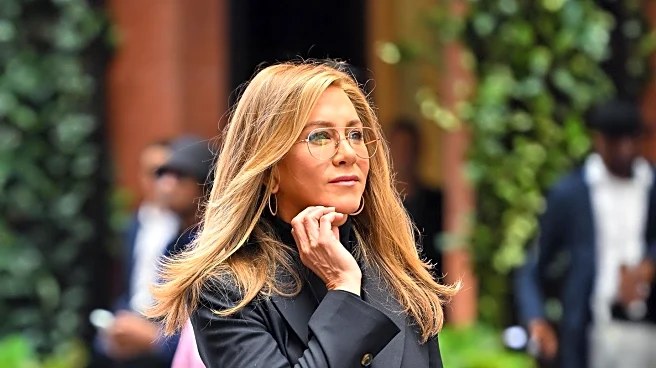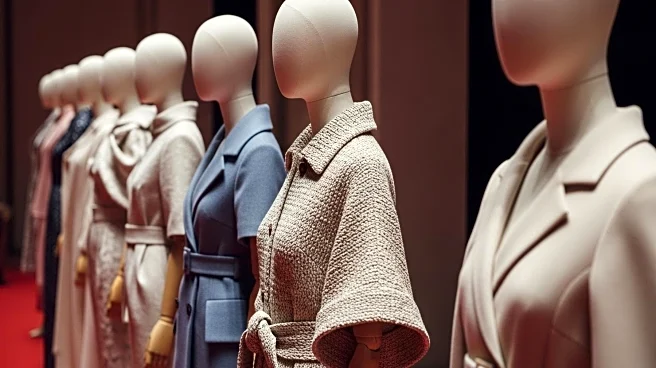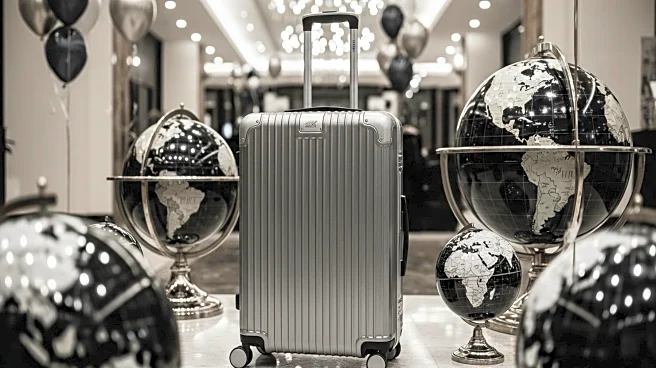What is the story about?
What's Happening?
Luxury fashion brands are facing a slowdown in demand following a post-pandemic boom, with weaker consumer confidence in China and price hikes affecting aspirational shoppers. To address these challenges, brands are appointing new creative directors to revitalize their offerings and maintain consumer interest. The strategy involves runway debuts that signal new directions, focusing on craftsmanship and heritage or creating bold fashion moments. The role of creative directors is increasingly constrained, as they must balance attracting new customers without alienating existing ones. Brands are under pressure to justify higher prices by enhancing quality and creativity.
Why It's Important?
The shift in creative leadership among luxury brands is a response to macroeconomic pressures and changing consumer expectations. As prices rise, consumers demand more value, whether through improved craftsmanship or innovative designs. The success of these creative resets could determine the future trajectory of luxury brands, influencing their ability to retain market share and attract new customers. The strategies adopted by these brands may set industry standards, impacting how luxury fashion is perceived and consumed globally. The outcome of these changes could also affect employment and investment within the fashion sector.
What's Next?
The real test for luxury brands will occur in the weeks following runway shows, as they strive to sustain consumer excitement and engagement. Brands will need to demonstrate their ability to innovate and adapt to market conditions, potentially leading to further strategic shifts. The industry will be watching closely to see how brands like Gucci and Dior navigate these challenges, as their approaches could influence broader market trends. Stakeholders, including investors and retailers, will assess the effectiveness of these creative changes in driving sales and brand loyalty.
AI Generated Content
Do you find this article useful?
